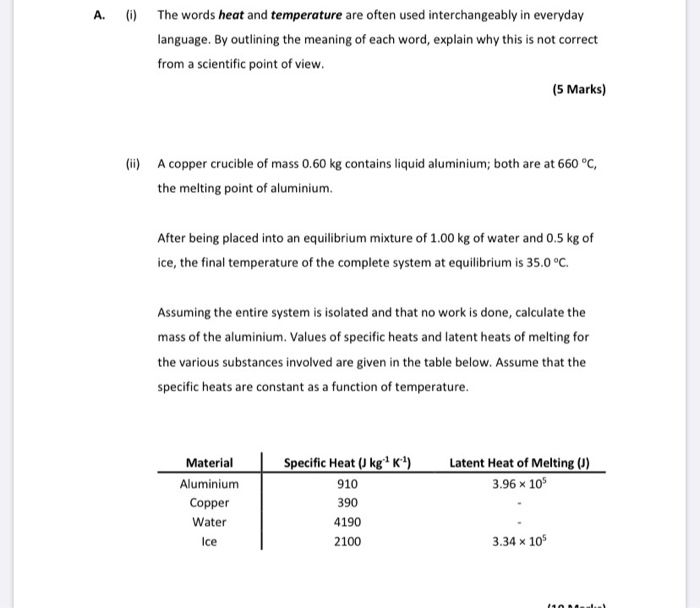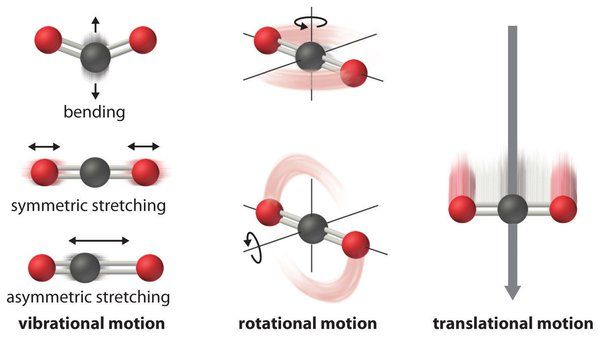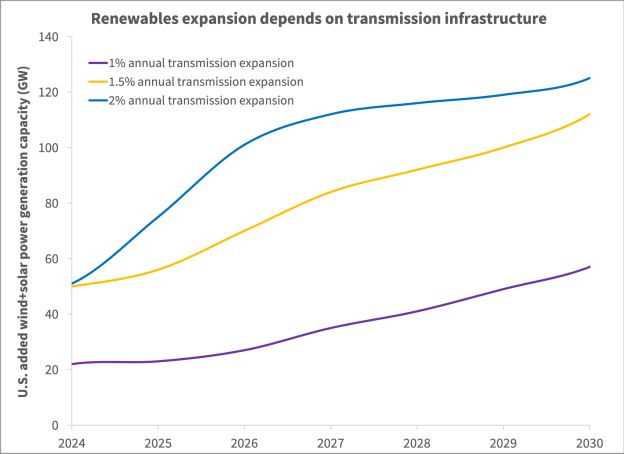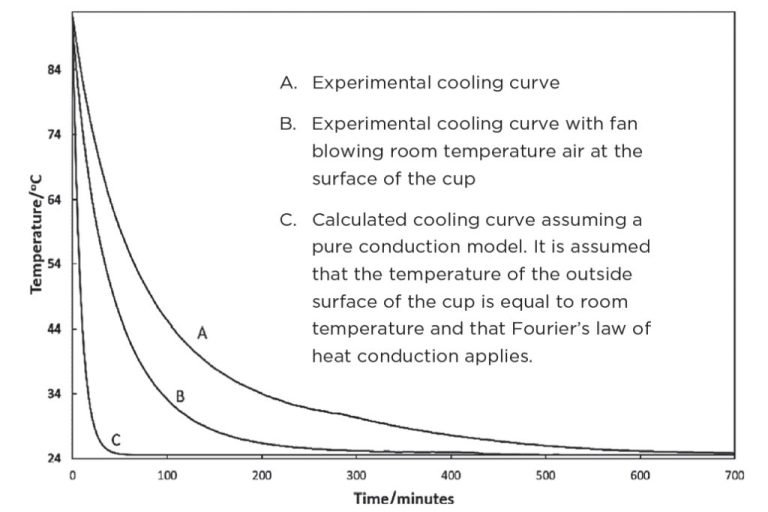What Are 5 Facts About Alternative Energy?
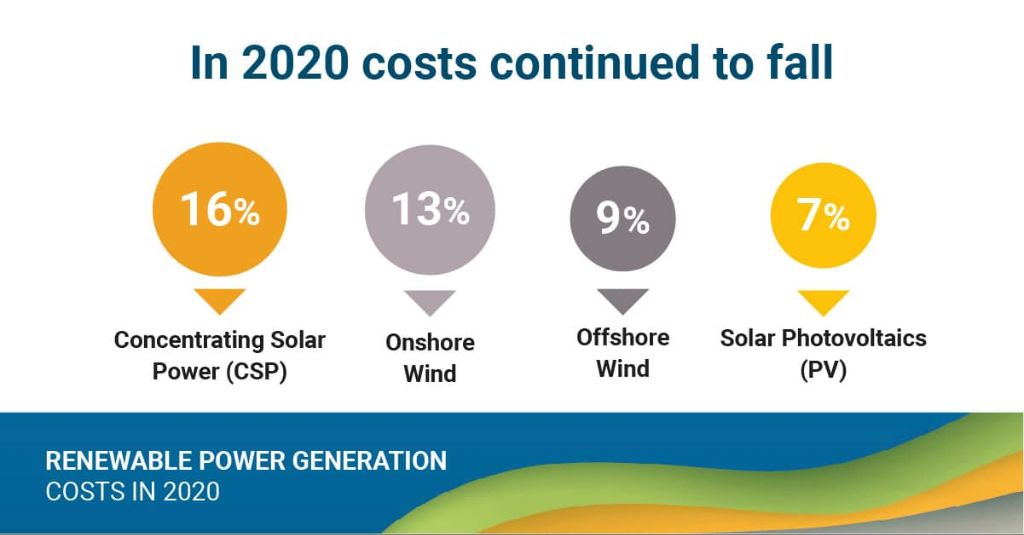
Alternative energy refers to any energy source that is an alternative to fossil fuels. Some examples of alternative energy sources are solar, wind, hydropower, geothermal and biomass. Alternative energy is important today for several reasons:
First, fossil fuels like coal, oil and natural gas are nonrenewable resources that will eventually run out. Alternative energy sources like solar and wind power are renewable, which means they won’t run out. Relying more on renewables ensures access to energy long into the future (source).
Second, burning of fossil fuels releases greenhouse gases like carbon dioxide that contribute to climate change. Alternative energy sources like hydropower and geothermal energy do not release greenhouse gases. Increased use of alternative energy can help mitigate climate change (source).
Finally, alternative energy helps countries become more energy independent by relying on domestic energy resources rather than imported fossil fuels. Having local access to energy increases stability and security (source).
Solar power
Solar power harnesses energy from the sun using photovoltaic cells. When sunlight hits these cells, it causes chemical reactions that generate electricity (https://freedomsolarpower.com/blog/50-facts-about-solar-power). This electricity can then be used to power homes, businesses, and the grid. Some key facts about how solar energy works:
Solar panels can be installed on rooftops or ground-mounted systems to capture sunlight. The solar cells are made of semiconducting materials like silicon that absorb photons from sunlight and convert them into electricity (https://www.energy.gov/articles/top-6-things-you-didnt-know-about-solar-energy).
Solar power systems generate clean, emissions-free electricity from an infinite renewable resource – the sun. The amount of sun exposure impacts energy production, with maximum generation during daylight hours and peak production when panels directly face the sun.
Solar energy is scalable, from small residential systems to large utility-scale solar farms with thousands of panels. Solar can be paired with batteries to store excess electricity for use when the sun isn’t shining.
In terms of environmental benefits, solar power generates electricity without any air or water pollution. According to one estimate, 1 megawatt of solar offsets around 100 tons of carbon dioxide emissions per year (https://www.dcseu.com/news-blog/news-blog/blog-posts/4-fun-facts-about-solar). With solar power, we can reduce reliance on fossil fuels and move towards a clean energy future.
Solar capacity is growing rapidly as costs decline and efficiency improves. The U.S. currently has over 100 gigawatts of total installed solar capacity, enough to power around 20 million homes. With supportive policies and adoption worldwide, solar is poised to play a major role in the global transition to renewable energy.
Wind power
Wind power harnesses the wind to generate electricity using wind turbines. Wind turbines work by using blades that are rotated by the kinetic energy of the wind. As the blades spin, they turn a generator to produce electricity. According to the U.S. Department of Energy, wind power is currently one of the lowest priced renewable energy technologies (https://www.energy.gov/eere/wind/articles/top-10-things-you-didnt-know-about-wind-power).
As of 2021, total installed wind capacity worldwide reached around 837 gigawatts according to the Global Wind Energy Council (https://cleanpower.org/facts/wind-power/). Major markets include China, the United States, Germany, India and Spain. Offshore wind farms currently represent a small portion of total installed capacity but have great potential for expansion, especially in areas like Northern Europe and East Asia where wind conditions are ideal. The Global Wind Energy Council projects worldwide offshore wind capacity to reach 234 gigawatts by 2030.
Hydropower
Hydropower is generated by using the force of flowing water to spin large turbines and generate electricity. Most hydropower comes from hydroelectric dams, where water builds up in a reservoir behind a dam and flows through the turbines to generate power. According to the U.S. Department of Energy, hydropower is one of the oldest power sources on the planet, generating power when flowing water spins a wheel or turbine.[1]
The Three Gorges Dam in China is currently the world’s largest hydroelectric power station, with a massive capacity of 22,500 MW. The Itaipú Dam on the Brazil/Paraguay border is the second largest hydroelectric facility at 14,000 MW of capacity.[2]
While hydropower is a renewable energy source, dams can also have negative impacts on rivers and wildlife. Dams change the environment and can harm native plant and animal species by altering water levels, temperatures, and flows downstream.
[1] “Top 10 Things You Didn’t Know about Hydropower.” U.S. Department of Energy, 27 Apr. 2015, https://www.energy.gov/articles/top-10-things-you-didnt-know-about-hydropower
[2] “Facts about Hydropower.” International Hydropower Association, https://www.hydropower.org/iha/discover-facts-about-hydropower
Geothermal energy
Geothermal energy utilizes heat from the interior of the Earth as an energy source. The geothermal gradient means the deeper you drill, the hotter the underground temperatures. According to the Geothermal Energy Factsheet from the Center for Sustainable Systems, geothermal energy currently provides just 0.4% of electricity generation in the United States.1 However, there is tremendous potential for growth. The 10 Geothermal Energy Facts and Examples report shows that top geothermal producers include Iceland, the United States, Germany, Indonesia, and New Zealand.2
Geothermal energy has two key applications: electricity generation and heating/cooling. For electricity, wells can tap into reservoirs of hot water that power steam turbines. Geothermal heating/cooling uses geothermal heat pumps to control building temperatures. According to 10 Facts About Geothermal Energy, these pumps use stable underground temperatures to heat and cool structures.3 Both applications demonstrate geothermal’s reliability as a renewable baseload energy source.
Bioenergy
Bioenergy utilizes organic matter known as biomass and converts it into energy sources like biofuels or biopower. Biomass sources can include crops, crop residues, wood, food wastes, and animal manure. Lignocellulosic biomass from trees and grasses is used for cellulosic biofuels production. Bioethanol is produced by fermenting sugars from crops like corn, sugarcane or beets, while biodiesel comes from vegetable oils and animal fats [1]. The carbon neutrality of bioenergy is debated, as growing biomass absorbs CO2, but burning it releases emissions. However, bioenergy from waste products can provide carbon reductions [2].
Advantages
Renewable energy sources like wind and solar have several key advantages over fossil fuels. First, renewable energy is abundant and practically limitless. The EPA notes that renewable energy flows can be “harnessed indefinitely” unlike fossil fuel reserves which are finite.
Second, renewable energy has lower carbon emissions compared to fossil fuels which emit greenhouse gases when burned. As the Union of Concerned Scientists explains, renewable energy results in cleaner air and water by avoiding pollution from fossil fuel extraction and combustion. This helps mitigate climate change.
Finally, renewable energy enhances energy independence and security. The UN points out that locally-produced renewable energy reduces reliance on imported fuels. This increases energy access and affordability, especially in remote areas.
Disadvantages of alternative energy
While alternative energy sources provide many benefits, they also come with some disadvantages compared to conventional fossil fuels. Some of the main disadvantages include:
Higher upfront costs – The initial investment required for renewable energy systems can be quite high. Installing solar panels, wind turbines, or geothermal systems requires significant upfront capital.[1]
Intermittency issues – Many renewable energy sources like solar and wind depend on weather conditions and may not produce energy consistently. This can cause reliability issues for energy grids.[2]
Potential land use and wildlife impacts – Some renewable projects like wind and solar farms require large areas of land, which can disrupt natural habitats and wildlife. Improper siting is a concern.[1]
Overall, while renewable energy has disadvantages, continuous improvements in technology and falling prices are helping overcome some of these challenges.
[1] https://www.greenmatch.co.uk/blog/2021/09/advantages-and-disadvantages-of-renewable-energy
[2] https://www.catalystforum.org.uk/advantages-and-disadvantages-of-alternative-energy.html
Future outlook
The future of alternative energy looks very promising, with declining costs and improving technology driving growth. Many experts predict that renewable energy usage will continue to expand rapidly in the coming decades.
One major factor enabling this growth is the quickly falling prices of renewable energy technologies like solar panels and wind turbines. As reported by the UN, “The cost of renewable power from technologies like solar photovoltaics (PV) and wind turbines tumbled between 2010 and 2019” (source). This makes alternative energy more affordable and attractive for widespread adoption.
Advances in technology like energy storage, smart grids, and offshore wind also boost the viability of renewable energy. With more efficient systems, alternative energy can provide reliable and consistent power to meet demands. The U.S. Department of Energy states that “rapidly declining costs for renewable energy technologies are driving their expanded deployment across the country” (source).
Government incentives and clean energy targets further propel the transition to renewables. Many countries have set ambitious goals to source significant portions of their energy from alternative sources in the coming decades. For example, the EU aims for 32% renewable energy by 2030, while the U.S. has targeted 30% by 2030 and 50% by 2050 (source).
Given these factors, projections estimate rapid growth in renewable energy. According to IEA forecasts, renewables are expected to provide over 90% of global power generation growth through 2026. The share of renewables meeting global energy demands could reach over 60% by 2050.
Conclusion
In summary, there are several key facts about alternative energy sources that demonstrate their importance in building a sustainable future. Solar, wind, hydropower, geothermal and bioenergy can provide renewable, clean energy with much lower carbon emissions than fossil fuels. Widespread adoption of these technologies is critical for reducing greenhouse gas emissions and mitigating climate change. While there are still some disadvantages like high upfront costs, alternative energy will continue to become more affordable and efficient. Government policies, investments, research and public support for renewable energy are growing globally. Alternative energy has tremendous potential to transform our energy systems and power the world in an environmentally responsible way. Our future depends on transitioning away from polluting energy sources towards these innovative renewable technologies.

